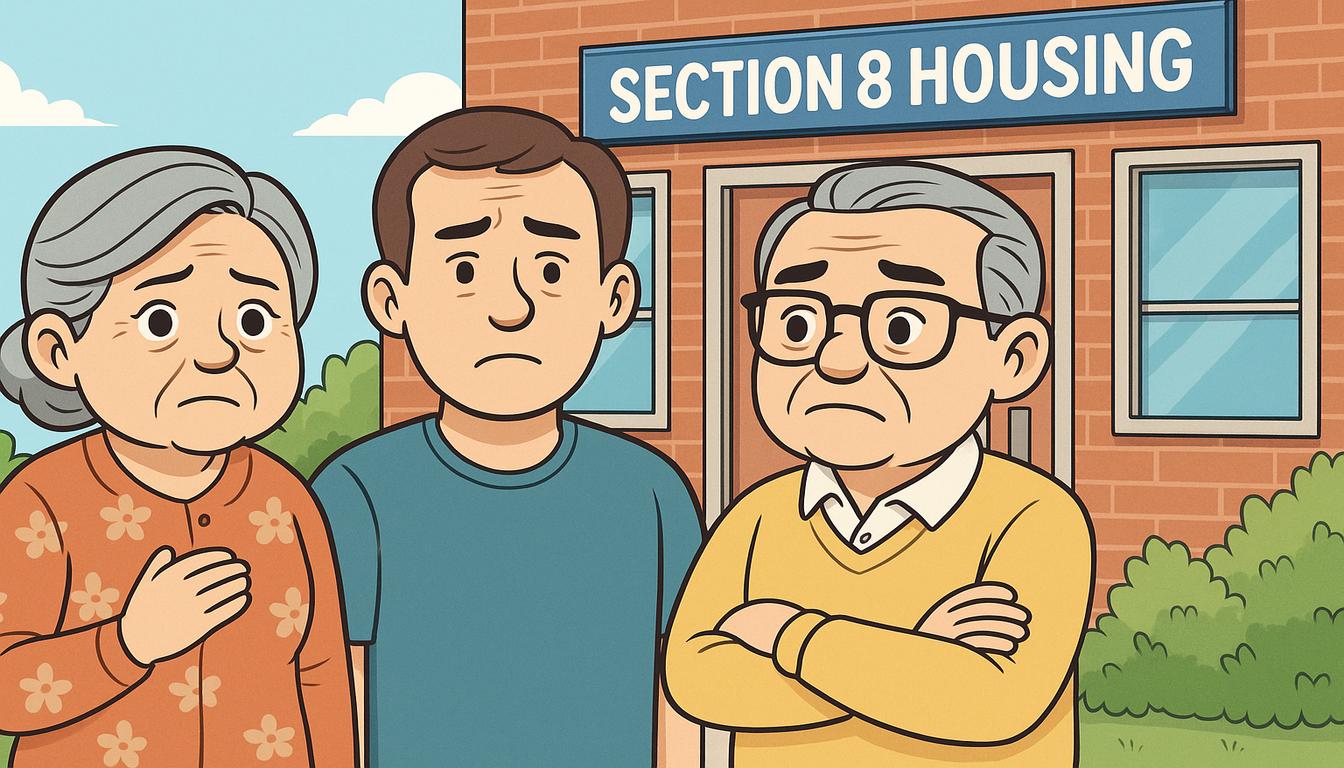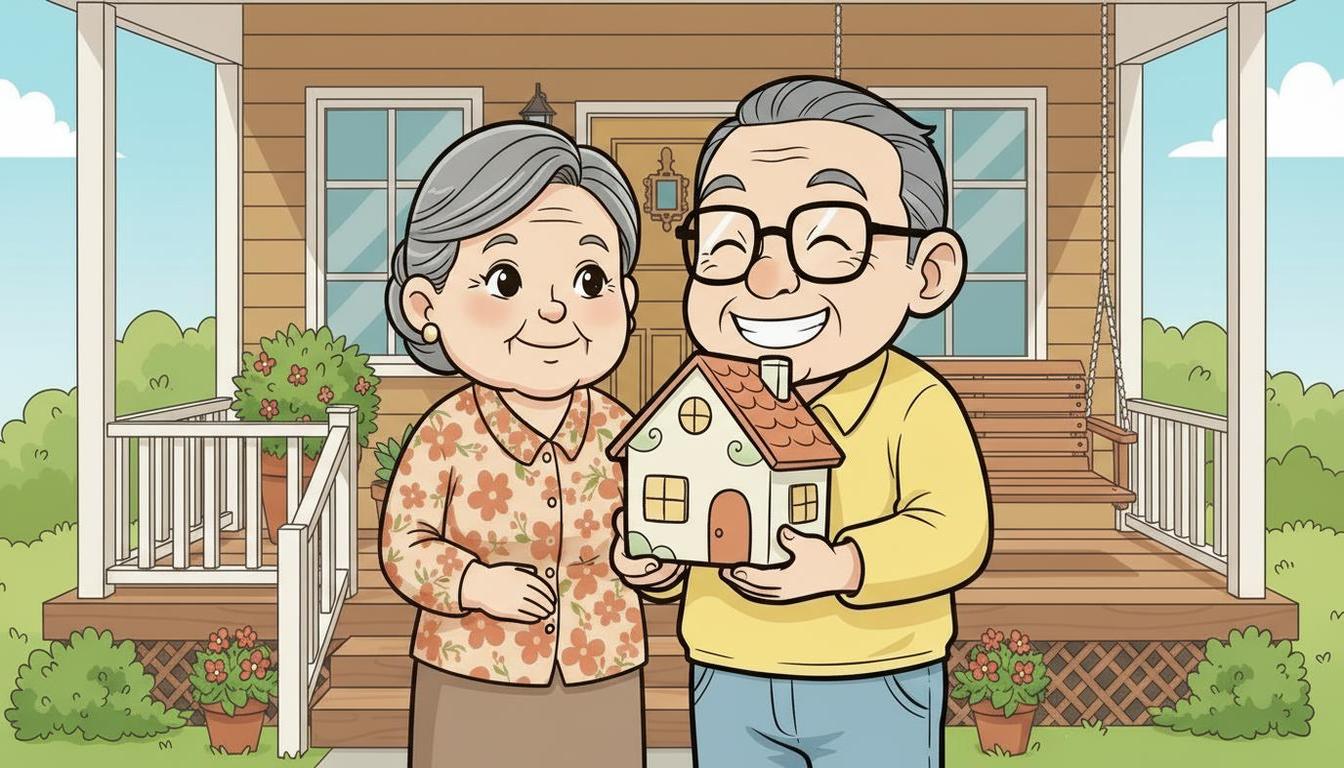
Navigating the complexities of housing assistance can be overwhelming, especially for the elderly. Section 202 is a crucial program designed to provide affordable housing for low-income elderly individuals. This comprehensive guide aims to break down Section 202 in an easy-to-understand manner, offering step-by-step guidance and empathetic insights to help you or your clients navigate this vital resource.
What is Section 202?
Section 202 Housing for the Elderly is a federally funded program aimed at providing affordable housing tailored to the needs of seniors aged 62 and older. This program, administered by the United States Department of Housing and Urban Development (HUD), offers rental assistance in specific housing developments nationwide.
The primary goal of Section 202 housing is to offer seniors a safe, decent, and affordable living environment that promotes independence and a high quality of life. These housing developments often feature amenities and supportive services specifically designed for seniors, such as accessibility features, communal areas, and on-site social and recreational activities.
Section 202 housing enables seniors to live independently within a supportive community, preserving their dignity while addressing their unique needs. By providing both affordable housing and supportive services, this program significantly improves the overall well-being and quality of life for many elderly individuals.
Key Features of Section 202 Housing
- Affordable Rent: Rent is typically set at 30% of the tenant's adjusted gross income, making it affordable for low-income seniors.
- Supportive Services: Many Section 202 properties offer additional services such as transportation, meal programs, and housekeeping to support independent living.
- Accessible Design: Properties are designed with the needs of elderly residents in mind, including features like grab bars, ramps, and emergency call systems.
Section 202 vs Section 8 Housing: What’s The Difference?
When looking at Section 202 versus Section 8 housing programs, it’s important to understand their differences and similarities in providing affordable housing.
While both programs aim to offer low-income individuals and families affordable housing options, they serve different target groups and have distinct housing arrangements.
- Section 202 Housing: This program exclusively serves elderly and disabled individuals, offering supportive services and amenities within designated housing communities.
- Section 8 Housing: Also known as the Housing Choice Voucher Program, Section 8 provides rental assistance to qualifying households of all ages, allowing them to rent private-market housing that meets HUD guidelines.
Who is Eligible for Section 202?
To qualify for Section 202 housing, applicants must meet specific criteria, including:
- Income Limits: Defined by HUD, these limits ensure the program supports low-income individuals and families needing affordable housing. Income limits vary based on household size, location, and program guidelines. HUD adjusts these limits periodically to reflect changes in the cost of living and economic conditions. Applicants must meet the income requirements at the time of application and provide documentation verifying their financial status.
- Age Requirements: Applicants must be aged 62 or older. This criterion ensures that Section 202 housing serves the elderly population, offering a secure and supportive environment for aging in place. Proof of age is required during the application process.
- Disability Status: Individuals with disabilities under the age of 62 can also qualify. Applicants must provide documentation verifying their disability, such as medical records or certifications from healthcare professionals. This inclusion promotes accessibility and supports independent living for individuals with disabilities.
How to Apply for Section 202 Housing
Applying for Section 202 housing involves a few steps. Here's a step-by-step guide to help you through the process:
Step 1: Locate Section 202 Properties
Start by finding the available Section 202 properties in your area. You can do this a couple ways:
- Section8Search: Use our PHA & Housing Locater to find all available housing resources in your area!
- HUD's Resource Locator: Use https://resources.hud.gov to find Section 202 properties near you.
Step 2: Contact Properties
Once you have a list of Section 202 properties (make sure to save them to your Section8Search profile to reference later), reach out to them directly to ask about their availability and application process. Be prepared to ask about:
- Current Waitlist Times: Some PHAs may have long waitlists, so it's crucial to get an idea of how long you might have to wait.
- Required Documentation: Ask what documents you will need to provide when applying.
Step 3: Complete the Application
Fill out the application form provided by the property. This typically includes:
- Personal Information: Name, date of birth, and contact information.
- Income Details: Proof of income, such as Social Security statements or pension documents.
- Other Required Information: Medical expenses, assets, and any other relevant details.
Step 4: Submit the Application
Submit your completed application along with all required documentation. Make sure to keep copies of everything you submit for your records. Remember, the more documentation you submit the better. It’s really important to give them a full understanding of your situation.
Step 5: Wait for Approval
During the waiting period, it’s important to stay informed and proactive. Keep in touch with the housing authority to check on your application's status and provide any additional documentation if requested. If approved, you will be notified by the housing authority with details about your placement and next steps. Check out our article on How to Check Your Section 8 Status.
Step 6: Move-In Process
Once your voucher becomes available and you reach the top of the waitlist, the you can begin the move-in process! If you’ve kept up with the properties you want that you found on Section8Search, you will probably be moving in very quickly!This typically involves:
- Signing a Lease: Review and sign a lease agreement.
- Initial Inspection: Conduct an initial inspection of the unit to ensure it meets your needs.
- Move-In Coordination: Coordinate your move-in date and any necessary services.
Additional Section 202 Resources
For further assistance and information, consider the following resources:
- HUD's Official Website: https://www.hud.gov
- Local Housing Authorities: Contact your local housing authority for personalized assistance.
- Elderly Advocacy Groups: Organizations like AARP and the National Council on Aging offer additional support and resources.
Conclusion
Section 202 is a vital program that provides affordable, supportive housing for low-income elderly individuals. By understanding the eligibility criteria, application process, and emotional impact, you can better navigate this complex system and support those in need. Remember, housing is not just about providing a roof over someone's head; it's about creating a safe, supportive environment where individuals can thrive.
If you or someone you know could benefit from Section 202 housing, don't hesitate to reach out to local resources and start the application process today.
Navigating the Section 8 housing process can feel overwhelming, and that's where Section 8 Search comes in. We're more than just a listing website; we're a dedicated resource designed to make finding housing under the Housing Choice Voucher Program straightforward and stress-free. Our platform offers user-friendly tools to explore listings and waiting list statuses nationwide, all built on official HUD data. We're also passionate about providing clear, helpful information and guidance, empowering you with the knowledge you need to understand eligibility, complete your application, and confidently navigate your housing journey.


.png)
.png)
.png)





.png)
.png)
.png)
.png)
.png)
.png)
.png)



